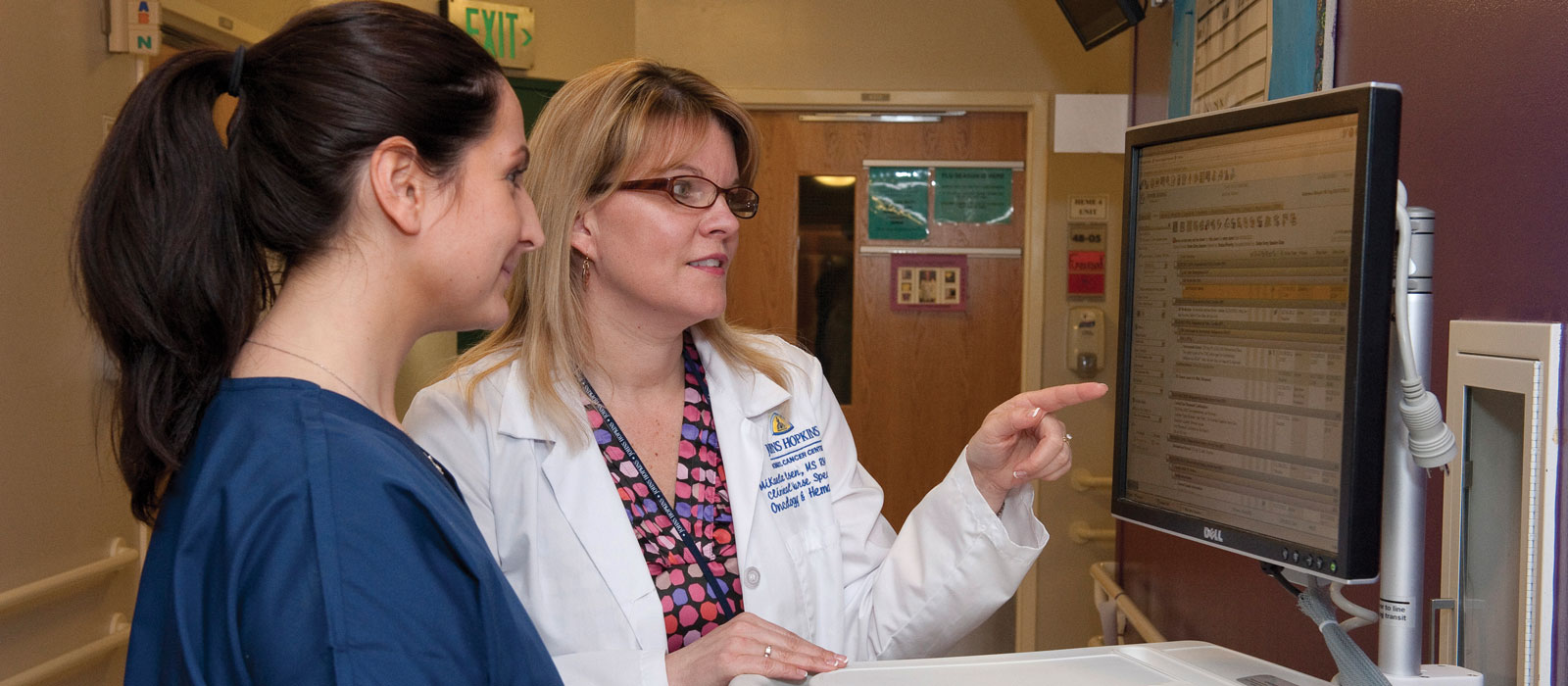Implanted ports are an important lifeline for patients receiving antineoplastic treatments; however, despite vast nursing research on the maintenance and use of venous implanted ports, still so much remains to be learned. Many of the practices surrounding implanted ports remain controversial.
ONS recently published Access Device Standards of Practice for Oncology Nursing, a comprehensive review of evidence-based recommendations and controversial issues surrounding access device use and maintenance. Here are some questions the ONS clinical inbox commonly receives surrounding venous implanted ports with the coinciding ONS standard or recommendation for care that addresses the issue.
Are Sterile Gloves and a Mask Required for Accessing Implanted Ports?
At this time, research is insufficient to support using sterile gloves while accessing implanted ports; therefore, either sterile or clean gloves are recommended. Additionally, research is lacking to mandate that a mask be worn while accessing implanted ports. What is known to prevent infection while accessing ports is thoroughly cleansing the access site with chlorhexidine (CHG) or a similar product in the event of an allergy. Once accessed, the implanted port site should be covered with a transparent dressing for long-term use or gauze and tape for short-term access.
Does Evidence Support Use of CHG-Impregnated Patches With Implanted Ports?
Several meta-analyses and randomized trials have found significant reductions in central line-associated bloodstream infections when CHG-impregnated patches or dressings are used on various types of central venous access devices. ONS does consider application of CHG-impregnated patches or dressings to all central catheters and ports to be a standard of care. Appendix 1 in Access Device Standards summarizes the evidence for access device-related recommendations.
Do I Need to Deaccess Implanted Ports at the End of Each Treatment Day and Reaccess the Next Day?
Evidence points to implanted ports being safe to leave accessed for seven days. However, because of other safety concerns with implanted ports and central venous access, each individual practice center must develop policies and procedures to stipulate whether patients may leave the care area with accessed ports. Risks and quality-of-life issues are associated with reaccessing ports daily, and the risk and benefit of each should be closely considered when developing policy and procedures.
Gray areas frequently exist when considering central line maintenance. ONS developed Access Device Standards as a means to differentiate standards and recommendations. Editors analyzed current research and determined the practices with strong supporting evidence, making these a standard of care; while practices with is limited evidence (including expert opinion) can be considered a recommendation. Access Device Standards allows practitioners to review their current practice and determine where changes are needed in light of the weight of the evidence.






